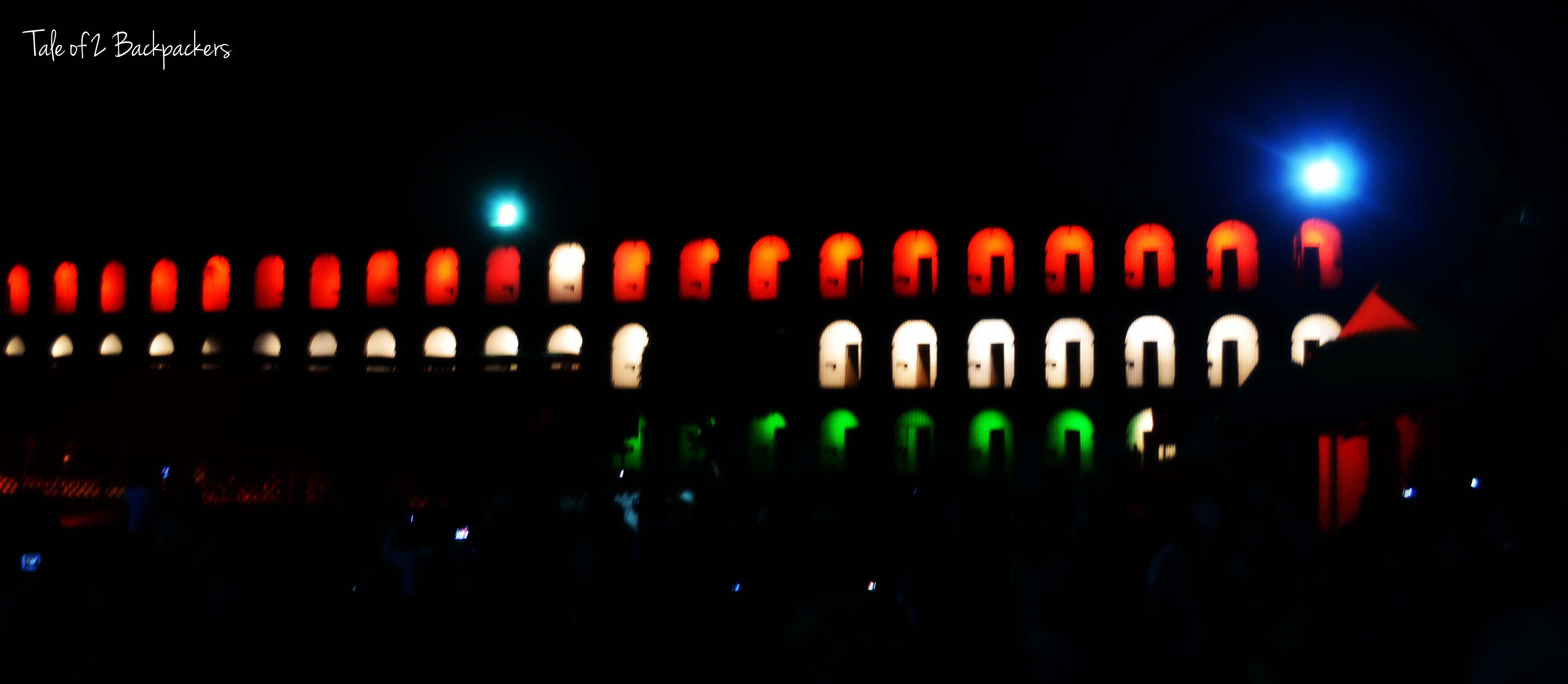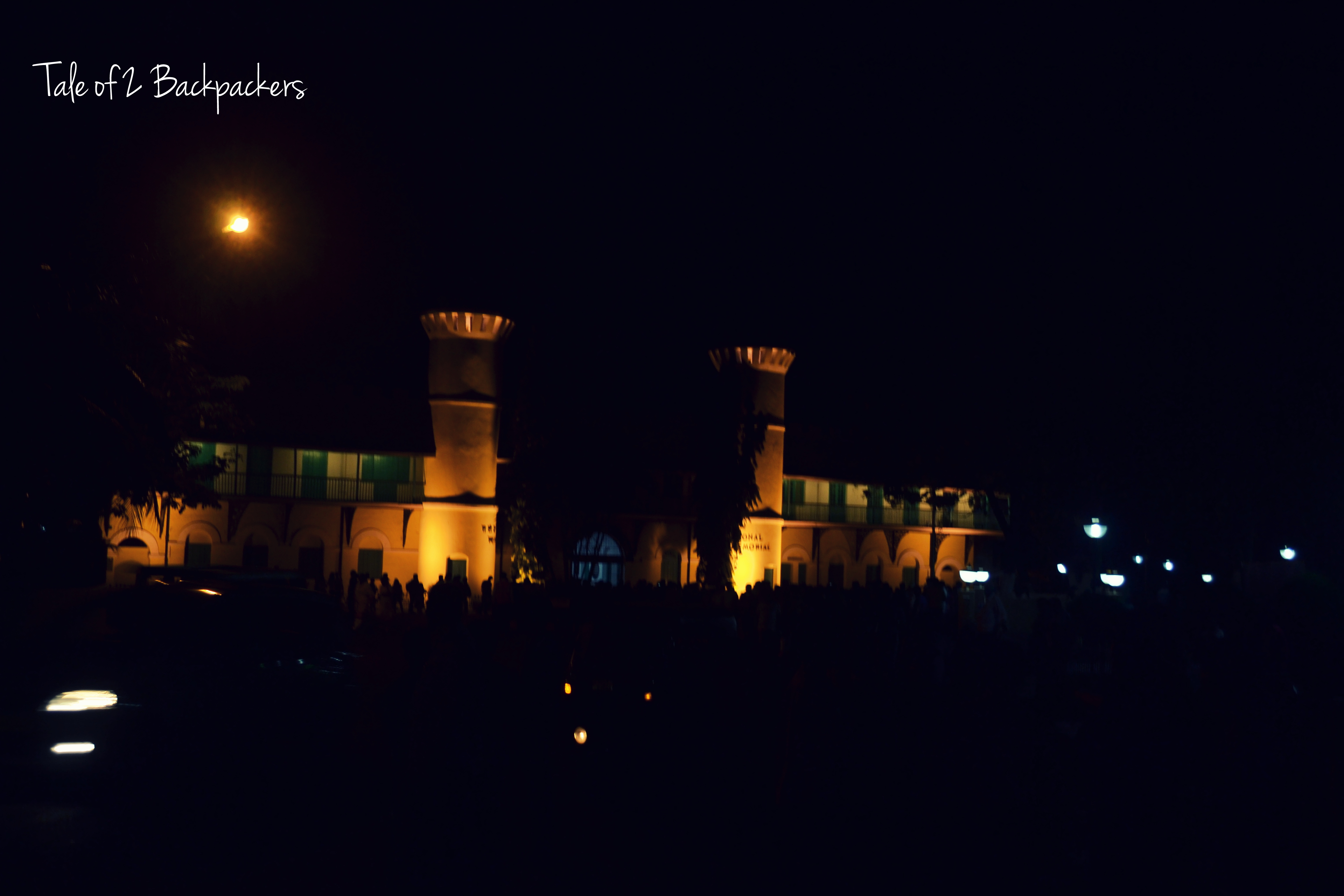My first introduction to the life of Indian freedom fighters was through stories told by my uncle during my childhood. Gradually, I came to know more about them through our history text books. Bollywood movies too played a major part. It always intrigued me how could these people undergo such torture and sufferings. How could one undergo such pain and sacrifice? I had often made up images in my mind about the way the freedom fighters lived, worked and inspired others by their own sacrifice. I finally had a tryst with the picture I had painted about them on February 2015 when I visited the Cellular Jail or Kalapaani at Port Blair in Andamans.
The Cellular Jail stood in sprawling complex beside the sea. It was supposed to be the prison where the British Government sent the most hardened criminals. It was considered to be a pilgrimage to the Indian freedom fighters. The Jail is symbolic of all the hardships and indignities faced by the Indians under their colonial rulers as well as their indomitable spirit and zeal to attain freedom from colonial oppression. The Jail became infamous for the inhuman treatment meted out to the inmates by the Jail officials. The Jail building now bears the mark of all the tortures faced by the Indian freedom fighters and the Peepal tree at the entrance of the Jail is the silent observer of all the atrocities.
The cellular jail was built through 1896 to 1906. The jail was built by the convicts themselves and it took about Five lacs rupees to built the structure which is a blot on the face of humanity. The Jail had seven wings like the spokes of wheel with a central watch tower. The tower was so places that a single guard could watch over all the seven wings. The different wings were so positioned that front of one row of cells faced the back of another row of cells. This resulted in complete absence of communication between the inmates. Another novel idea of the Jailor to break the morale of the inmates!
Each cell was measured 12 ft. by 7 ft. and had a grill iron door which was locked from outside by a sturdy iron bolt and lock some distance away from the door. In this way, the prisoners could not tamper with the cell locks. The prisoners ate their food in their calls which were passed through a trap door. There was another pot which was used by the prisoners for urine and stool in their cells. The prisoners ate, slept, lamented, wept and thought of their freedom in those dingy and dirty cells. Their screams of pain and languish were drowned in their own sweat and blood and the stench of excreta.
In the jail, the prisoners were made to grind oil. The quantity of work they were given were not humanly possible. On failure to do their quota of job, the prisoners were severely punished. Punishment included flagellation, whipping, handcuffs and bar fetters on them. Solitary confinement was the extreme form of punishment. They were humiliated by the jailors at every point. The prisoners underwent these unthinkable abasement and punishment, but they did not give in. Some of them lost their mind, while some others their life.
The story about the freedom fighters are brought alive by the “Light and Sound” show held every evening. After watching the show, there was a lump in my throat and tears in my eyes.
From the terrace of the Cellular Jail the beautiful view of the Ross Island among the clear blue seas can be seen. Standing there I just thought about the stark differences this place held. The surroundings were so beautiful; nature has been bountiful and gracious. But the Cellular Jail or Kalapani is a symbol of highest atrocities and indignities showered on fellow human beings.
The visit to the Cellular Jail was an eye opener. It actually made me realize the pain and sufferings our freedom fighters had to undergo to give us the freedom which we hardly value today! Cellular jail should be visited by every Indians at least once in their lifetime to know that freedom was so hardly earned!











VERY GOOD.